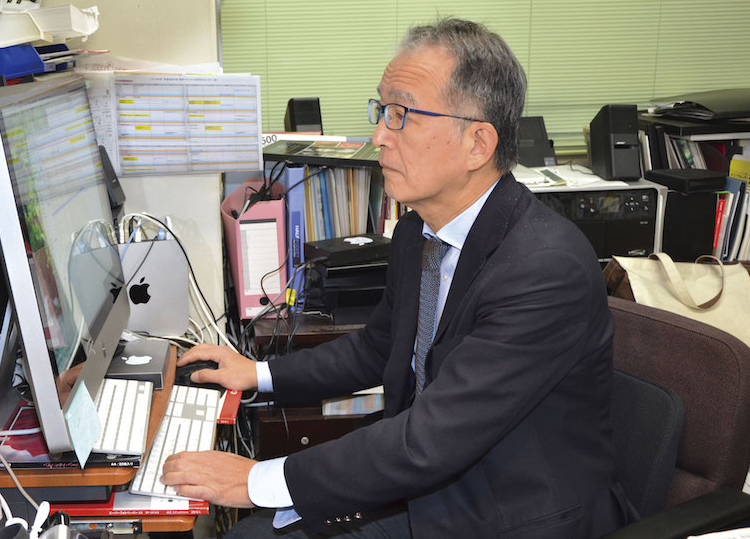Medical practice that is changing to patient-centered medical care

──Will future medical care shift to patient-centered?
I think the trend is clearly heading in that direction. After starting the liver disease class, I published a book “Recommendation of the liver disease class-Aiming for new doctor-patient relationships” (Kuya Bookstore). Many visitors came from different hospitals nationwide. Moreover, I wrote in the book that “it is better to do it with a team of doctors, nurses, dietitians, and office workers,” so many people visited me from the four occupations. Approximately 140 groups have come to visit and approximately 150 groups nationwide have actually started to hold liver disease classes. That was about 15% of the hospitals accredited by the Japanese Society of Gastroenterology at that time.
In 2009, when the Hepatitis Countermeasures Office was set up in the Ministry of Health, Labour and Welfare and the Basic Law for Hepatitis Countermeasures was enacted, The Ministry of Health, Labour and Welfare requested that I give a lecture on the liver disease class. This is because the Ministry of Health, Labour and Welfare received a voice from a patient saying, “I want to see a liver disease class nationwide like the one at Keio University Hospital.”
──The grassroots movement has moved the central ministries and agencies, hasn’t it?
In a sense, it’s a big change in the times. Just as liver disease classes have become commonplace, I think spiritual care must become commonplace next.
Now, when people are informed at the hospital that they have this kind of illness, many people will then search about the illness using the Internet. Then, “survival rate is what percent in 5 years” something like that is revealed. In other words, at the same time as receiving information, they receive spiritual pain. Therefore, information provision and spiritual care must be done at the same time.
In reality, spiritual care is gradually being accepted by the world of the medical field as well. For example, in 2007, the Japan Spiritual Care Society was established, and after that, a system called a “clinical religion teacher” was established. I’m starting to hear stories of those teachers working in the medical field.
Looking back, what I did at AA, liver disease classes, and Gottani Hot Pot Parties were places for communication between patients. Perhaps, it was also a way of interactive spiritual care.






